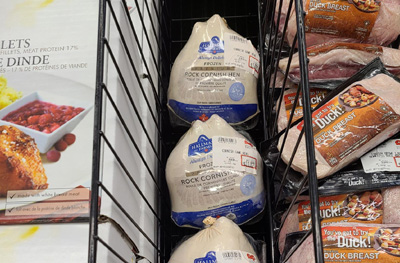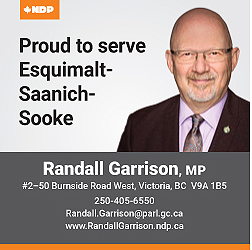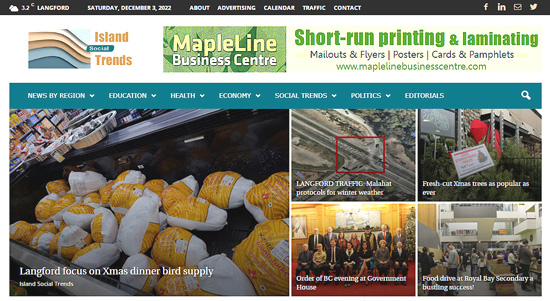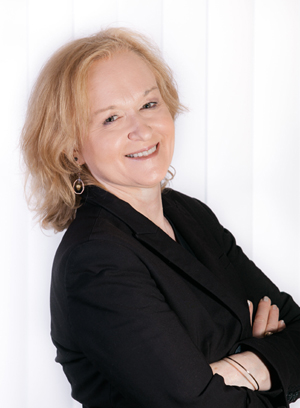Sunday December 4, 2022 | VANCOUVER ISLAND, BC [Updated 3:20 pm]
by Mary P Brooke | Island Social Trends
As inflation has continued to gouge ever deeper into the livability resilience of most Canadians over the past year, the NDP has maintained the political conversation about the impact of decisions and actions by large corporations.
Here on Vancouver Island, NDP MP Rachel Blaney (North Island – Powell River) last week called on the Liberals to make “rich grocery store CEOs and huge corporations making massive profits pay what they owe”.
She said that in British Columbia, food bank use is up 25% from last year, and this number continues to rise. Food banks started in the 1970s as a stop gap measure, but have over the past 40 years become a mainstay plank of the food security question.
“While Canadians struggle to feed their families, big grocery chains are making a million dollars a day in profits,” said Blaney.
The NDP are saying that “the Liberals don’t want to stand up to ultra-rich CEOs to make them pay what they owe so that Canadian families can get more support with rising costs”.
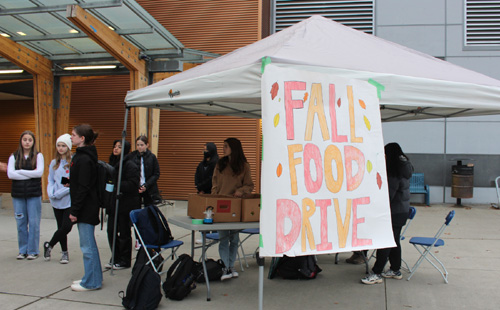
Large grocery operators:
Large grocery chains (about five of them in Canada — notably Loblaw, Metro and Sobeys) do manage the availability of a plethora of products, which also depends on a small number of major supply chain providers to keep the products moving from producers, through warehouses and inventory depots, and along transportation routes to stores. That’s a significant set of pieces in a large system, bringing food to our tables.
It would be understandable if large commercial enterprises would ensure enough margin and/or reserve to keep such an important business (service to Canadians) in a stable condition. Deliberate gouging and profiteering has yet to be proven.
Families are challenged:
Meanwhile, Blaney states what we’re seeing across Canada, especially in big cities: “Families are skipping meals or turning to food banks to try and keep up with costs,” said Blaney.
Recent Canada-wide polls have shown at least 25% of individuals or families cutting back on the amount of food they are buying.
Blaney’s question:
“Canadians are struggling to keep up with rising food costs. Canada’s biggest grocer, Loblaws, made $556 million dollars in profits in just three months. While first-time visits to food banks are up 64%, Loblaws CEO is getting richer,” said Blaney in the House of Commons question period on November 28.
“The NDP called on the Liberals to make them pay their fair share so we can invest in help for people. But Canadians have yet to see action.”
“Will the Liberals stand up for everyday people and make huge corporations pay their fair share?”
Global food insecurity:
Global food security has been challenged in 2022 by supply interruptions resulting from the war in Ukraine (Russia has been blocking food exports) and well as the zero-COVID policy in China whereby workers have been kept from the manufacturing process.
In 2020 and 2021 there were supply chain interruptions in Canada due to COVID health protocols that impacted commercial trucking and workers in the grocery industry.
Donating to food banks:
- In the west shore (Langford, Colwood, Metchosin and Highlands), families can donate to the Goldstream Food Bank.
- In Sooke, donations can be made to the Sooke Food Bank directly or through the Sooke Firefighters Santa Run on December 10.
- In downtown Victoria, people can give through Our Place Society and the Mustard Seed Food Bank.
- In upisland communities: Nanaimo Loaves and Fishes operates in the Nanaimo area. The Campbell River Food Bank serves that region. In Powell River, the Powell River Food Bank accepts donations.
===== RELATED:
Food drive at Royal Bay Secondary a bustling success! (November 30, 2022)
Sooke firefighters in the holiday season: Santa Run & donations (November 24, 2022)
Food bank donation season kickoff at Belmont Secondary (November 13, 2022)
===== ABOUT ISLAND SOCIAL TRENDS:
Island Social Trends is a professional news portal at islandsocialtrends.ca . Fully online since mid-2020, Island Social Trends emerged from the extensive groundwork of previous print publications in the west shore: MapleLine Magazine (2008-2010), Sooke Voice News (2011-2013), and West Shore Voice News (2014-2020).
Since 2008, journalist and editor Mary P Brooke has taken a socioeconomic lens to the news of the Greater Victoria west shore and south Vancouver Island region, including BC provincial news, and national news impacts.


